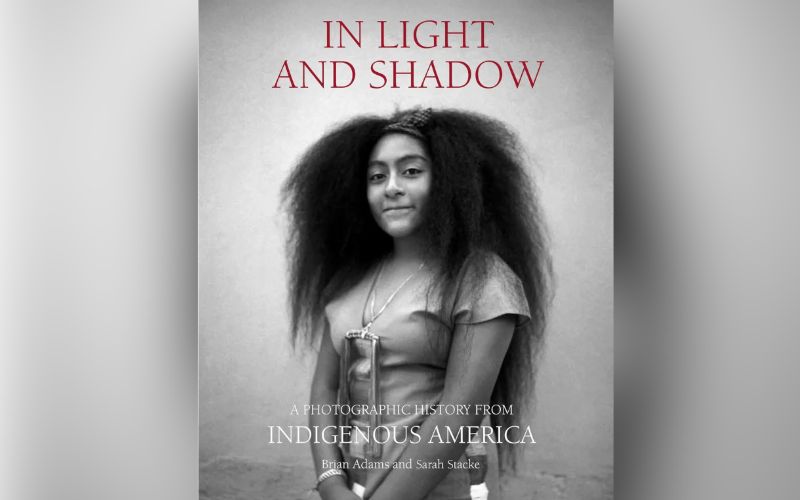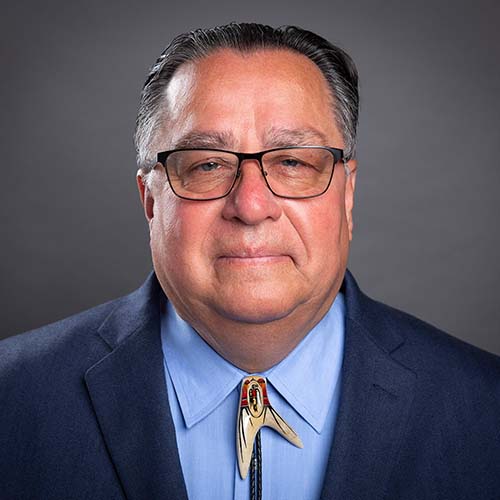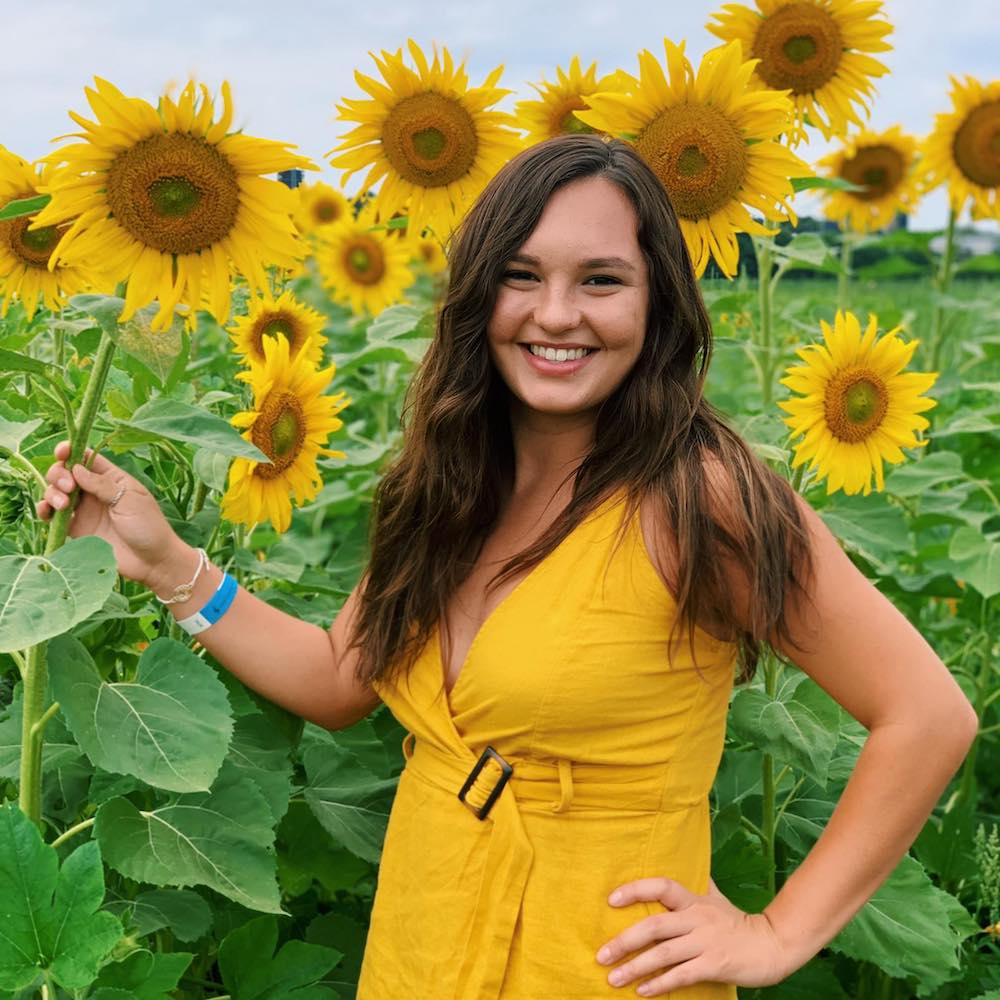
- Details
- By Kaili Berg
A new book, In Light and Shadow: A Photographic History from Indigenous America, gathers more than 250 images by Indigenous photographers from the 1800s to today.
The project grew out of a much earlier effort. Photographer Brian Adams (Iñupiaq) and author Sarah Stacke first teamed up for the 400 Years Project, created around the 400th anniversary of the Mayflower’s arrival.
That project built a digital library of Indigenous photographers across generations. When a publisher came across their research, the idea for a book took shape.
“The big shift from the 400 Years Project to this book was adding writing that connects each photo to the person who made it,” Stacke told Native News Online. “That relationship, between image and maker, is really the heart of the project.”
The book includes studio portraits from the early 1900s, family snapshots, trapping scenes in Alaska, and contemporary fine-art photography. The publisher wanted a balance that leaned historic, but the team quickly learned that “historic” didn’t mean scarce.
“We worried we wouldn’t find enough early Indigenous photographers,” Stacke said. “But we found so many that choosing was the hard part.”
Their final selection focused on geography, genre, and generation, trying to cover as many regions and types of photography as possible.
Stacke also uncovered stories like that of John Meek Jr., a Native Hawaiian who ran a photography studio in 1867. His glass plates were auctioned off and never found, but their existence suggests an even deeper history waiting in archives, basements, and family closets.
Adams handled most of the contemporary photography selections, drawing on years of community-building through Indigenous Photograph, the database he helped create. Growing up in Alaska, he didn’t have Indigenous photographers to look toward.
“I loved photography, but I didn’t see anyone like me doing it,” Adams said. “I want younger Native photographers to have something I didn’t, to see that this work has always been happening.”
Stacke spent years contacting descendants, relatives, and archives to make sure each photograph was accurately contextualized.
“There were a lot of emails,” Stacke said. “But representation has to be done carefully.”
The team is already sharing the project through talks and upcoming exhibitions, including a talk at the Anchorage Museum, a 2026 exhibition with Obscura Gallery in Santa Fe, and an event in New York next spring. They’re open to more opportunities as the book reaches more readers.
“It’s a celebration of the photographers who were here before us and the ones working today,” Adams said. “We’ve always been here.”
More Stories Like This
Five Native American Chefs You Should KnowShort Film Documents First Full Kayak Run of the Klamath After Dam Removals
Joy Harjo Honored With Portrait of a Nation Award at Smithsonian Gala
Creative Continuities: Family, Pride, and Community in Native Art Opens Today at the Autry Museum in LA
Help us tell the stories that could save Native languages and food traditions
At a critical moment for Indian Country, Native News Online is embarking on our most ambitious reporting project yet: "Cultivating Culture," a three-year investigation into two forces shaping Native community survival—food sovereignty and language revitalization.
The devastating impact of COVID-19 accelerated the loss of Native elders and with them, irreplaceable cultural knowledge. Yet across tribal communities, innovative leaders are fighting back, reclaiming traditional food systems and breathing new life into Native languages. These aren't just cultural preservation efforts—they're powerful pathways to community health, healing, and resilience.
Our dedicated reporting team will spend three years documenting these stories through on-the-ground reporting in 18 tribal communities, producing over 200 in-depth stories, 18 podcast episodes, and multimedia content that amplifies Indigenous voices. We'll show policymakers, funders, and allies how cultural restoration directly impacts physical and mental wellness while celebrating successful models of sovereignty and self-determination.
This isn't corporate media parachuting into Indian Country for a quick story. This is sustained, relationship-based journalism by Native reporters who understand these communities. It's "Warrior Journalism"—fearless reporting that serves the 5.5 million readers who depend on us for news that mainstream media often ignores.
We need your help right now. While we've secured partial funding, we're still $450,000 short of our three-year budget. Our immediate goal is $25,000 this month to keep this critical work moving forward—funding reporter salaries, travel to remote communities, photography, and the deep reporting these stories deserve.
Every dollar directly supports Indigenous journalists telling Indigenous stories. Whether it's $5 or $50, your contribution ensures these vital narratives of resilience, innovation, and hope don't disappear into silence.
 The stakes couldn't be higher. Native languages are being lost at an alarming rate. Food insecurity plagues many tribal communities. But solutions are emerging, and these stories need to be told.
The stakes couldn't be higher. Native languages are being lost at an alarming rate. Food insecurity plagues many tribal communities. But solutions are emerging, and these stories need to be told.
Support independent Native journalism. Fund the stories that matter.
Levi Rickert (Potawatomi), Editor & Publisher

